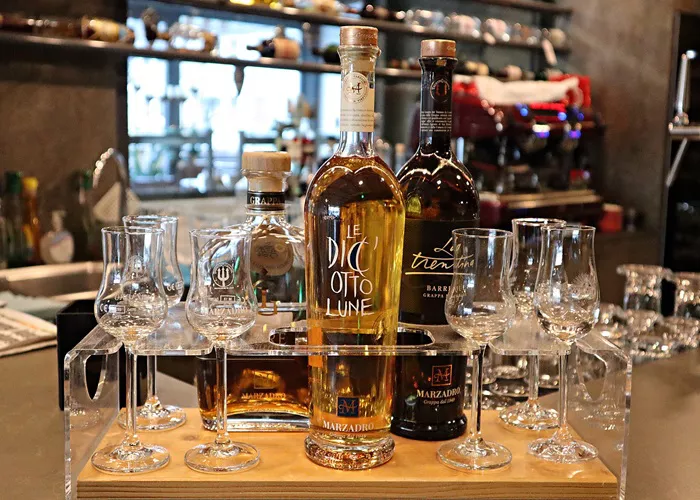Grappa is a traditional Italian spirit that is made from the pomace, or the leftover skins, seeds, and stems of grapes after they have been pressed for wine. It is a distilled spirit that has been produced in Italy for hundreds of years and is enjoyed by many people around the world. In this essay, we will explore how to make grappa, including the equipment and ingredients needed, as well as the steps involved in the production process.
History of Grappa
Equipment Needed to Make Grappa:
To make grappa, you will need several pieces of equipment, including:
1. A still:
A still is the primary piece of equipment needed to make grappa. It is used to distill the alcohol from the pomace of grapes.
2. A fermenter:
A fermenter is used to ferment the pomace of grapes before it is distilled. This helps to convert the sugars in the pomace into alcohol.
3. A hydrometer:
A hydrometer is used to measure the alcohol content of the pomace before and after fermentation.
4. A thermometer:
A thermometer is used to monitor the temperature of the still during the distillation process.
Ingredients Needed to Make Grappa:
To make grappa, you will need the following ingredients:
1. Pomace:
Pomace is the leftover material that remains after grapes have been pressed for wine. It consists of the skins, seeds, and stems of the grapes, and is used to make grappa.
2. Water:
Water is used to dilute the alcohol produced during the distillation process.
See Also: Is Old Crow a Good Bourbon? A Detailed Exploration
Steps to Make Grappa:
The process of making grappa can be broken down into several steps, including:
1. Collecting the Pomace:
The first step in making grappa is to collect the pomace from the winery where the grapes were pressed for wine. The pomace should be collected as soon as possible after the grapes have been pressed.
2. Fermenting the Pomace:
The pomace is then placed in a fermenter, where it is mixed with water and yeast. The yeast helps to convert the sugars in the pomace into alcohol, which will be distilled in the next step. The pomace should be fermented for several days, until the alcohol content reaches around 10-12%.
3. Distilling the Alcohol:
4. Diluting the Alcohol:
Once the alcohol has been distilled to the desired proof, it is diluted with water to bring it down to the desired alcohol content. This step is important, as grappa that is too strong can be harsh and unpleasant to drink.
5. Aging the Grappa:
6. Bottling and Packaging
7. Flavors and Varieties of Grappa
Conclusion:
In conclusion, grappa is a traditional Italian spirit that is made from the pomace of grapes. It is a distilled spirit that is produced using a still and other equipment, and requires several steps to produce. The process of making grappa involves fermenting the pomace, distilling the alcohol, diluting the alcohol, and sometimes aging the spirit in oak barrels. While the specific type of grape used to make grappa can vary, the production process remains largely the same. Whether enjoyed on its own or in a cocktail, grappa is a flavorful and unique spirit that is sure to delight the senses.
You might be interested


